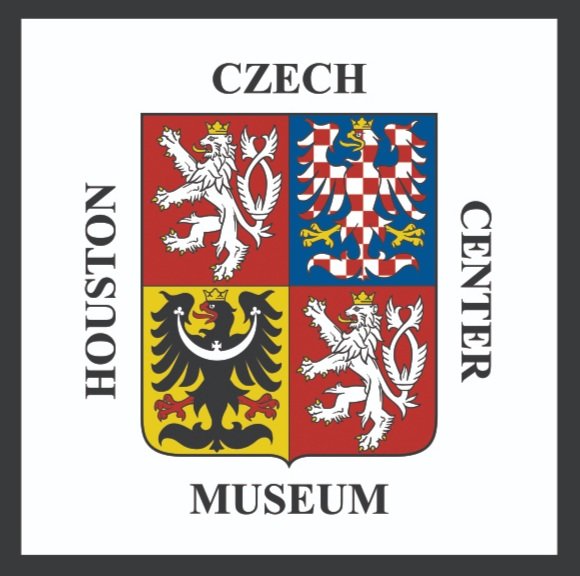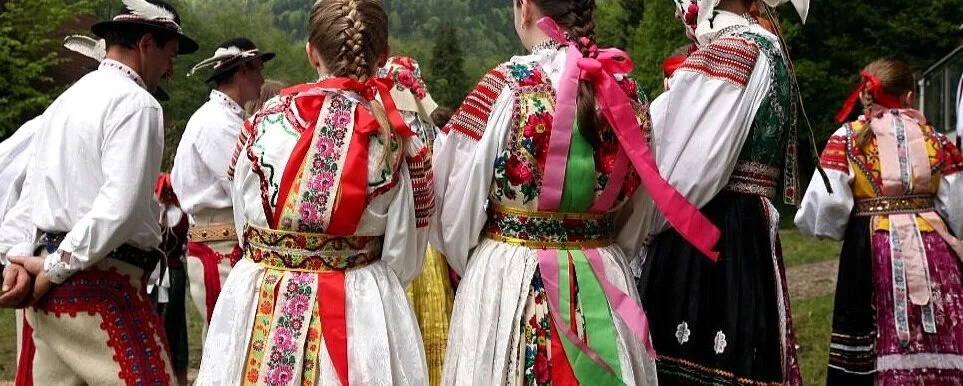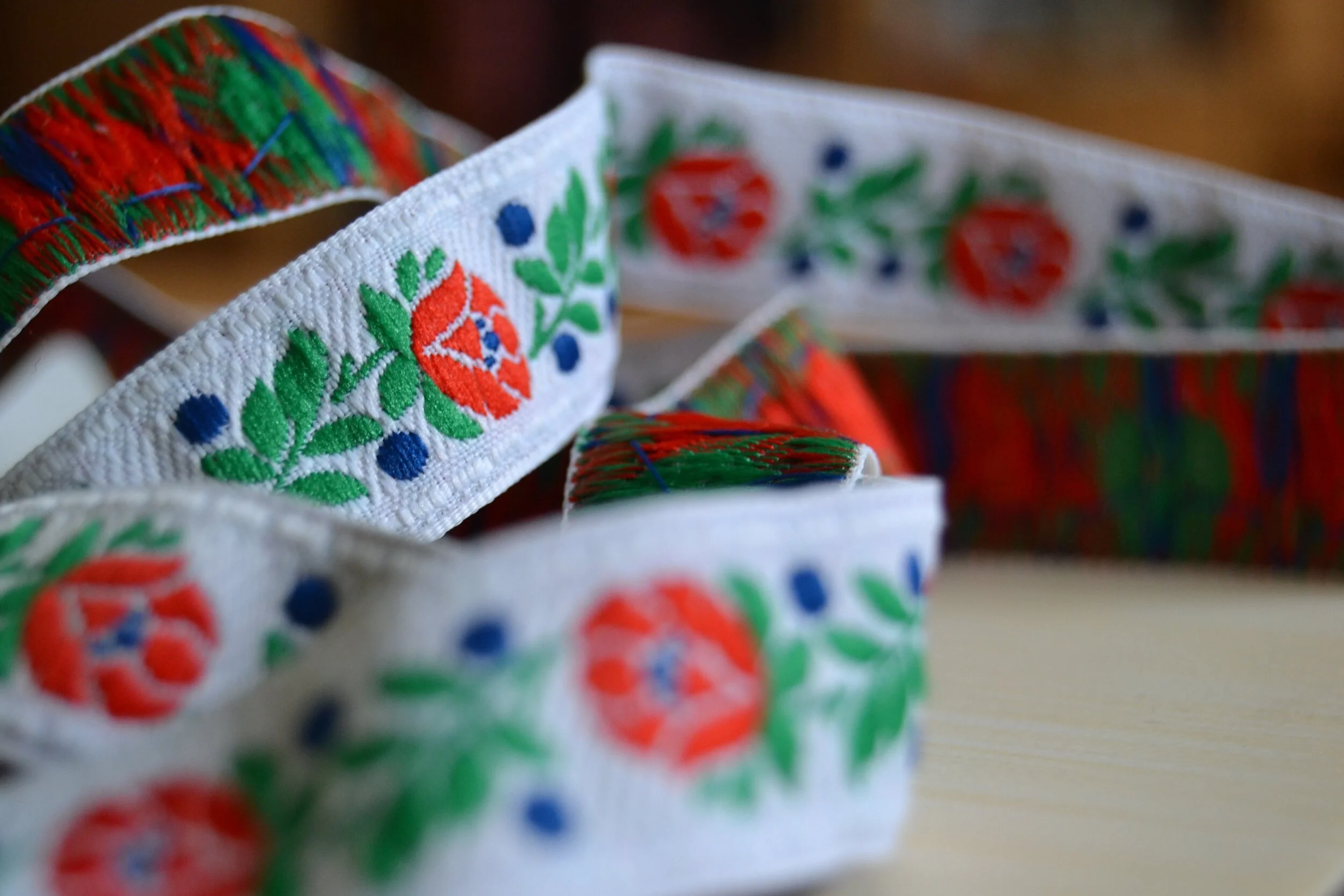Discover the story of Jan Antonin Bata and highs and lows of his life as the boss of the Bata Shoe Company. Speaking of “highs and lows,” discover the unused throne of the “King of Shoes” inside the innovative office elevator!
Alfons Mucha: Father of Art Nouveau and Proud Czech
Alfons Mucha was an illustrator and the originator of the Art Nouveau movement. After being expelled from school for doing poorly, he decided to become a professional artist but still had trouble getting accepted by the Acadamy of Fine Arts in Prague, meaning he had to begin with a modest career. With the aid of a wealthy benefactor, Mucha worked as an illustrator in Paris, where he found his first lucky break when being commissioned to work on the commercial advertisement of Sarah Bernhardt’s Gismonda. This was the moment when his career prospects and celebrity skyrocketed.
Czech Dogs and their History
The Czech Republic is home to seven different dog breeds with a storied history. The Bohemian Shepherd, for example, is the oldest breed, developed to guard the Kingdom of Bohemia. Most of these breeds were developed for rescue missions and hunting, either with a human companion or on their own. These Czech dog breeds have shaped the nation and continue to provide companionship and support to this day.
Eliska Junkova: Queen of the Steering Wheel
Jan Kotěra: Founder of Modern Czech Architecture
Jan Kotěra was an important figure in Czech architecture for his use of modern elements in his works, earning him the title of “founder of modern Czech architecture.” Kotěra’s career began with the renovation of Červený Hrádek, using both neo-Gothic and Art Nouveau elements outside and inside, respectively. Despite being controversial in terms of culture and architectural style, Kotěra’s life and career continued in success, culminating in the creation of his 1913 “masterpiece” the Museum of Eastern Bohemia. Throughout his life, Jan Kotěra continued to create and build works of great architecture.
Czech National Revival
A response to increased Germanization, the Czech National Revival revived Czech literature, language, history, and politics. Increased nationalism marked this period of cultural revival. The movement started before the 19th century with Czech intellectuals such as Josef Jungman and Josef Dobrovský becoming more discontent with the decrease in Czech culture, language, and national identity. Czech national identity also involved realism, rejecting the romanticism of the past, which was considered “anti-nationalist.” With the end of the Great War, the goals of the National Revival movement were successfully met.
Rudolf II: The Intellectual yet Disastrous Emperor
Rudolf II desired to unify Christendom in the Empire and tried to take a tolerant stance on religious issues. Though he was an ineffectual ruler, he had a love for academics that helped spur the Scientific Revolution. He was known as “the greatest art patron in the world,” and philosophers, painters, alchemists, astronomers, architects, and mathematicians came to Prague to work under his patronage.
Czech Wine: A Brief History
From legends to wine festivals, Czech wine has a rich history. Various rulers implemented regulations for viticulture, and it eventually grew to a large scale operation in the Czech Republic. Although many vineyards were left abandoned after the revolution, through the 19th and 20th centuries, Czech viticulture bounced back to the point of becoming a worldwide phenomenon.
Czech Beer : A Brief History
From the Brevnov Monastery to the modern-day Pilsner, the Czech people have been enjoying beer for over a thousand years. Known as the beer of tradition, Czech beer is ingrained into history itself. When beermaking was banned. the Brenov Monastery, as the first-ever Bohemian brewery, was exempt. Initially, after the ban on brewing ended, only noble families or homeowners were allowed to brew beer. It was in 1842 that the famous Pilsner was created.
Eliska Junkova: Racing into History
Eliška Junková is the first woman to win the Grand Prix, in 1927. Even before, Junková was “Queen of the Steering Wheel,” a well-earned title that she worked towards since 1922. Her dedication to racing began with her dedication to her husband, Vincenc “Čenêk” Junek, whom she met at her job at the Prague Credit Bank.
Beginnings of Bohemia: Borivoj I and the Premyslids
Bohemia's beginnings started with Svatopluk I of Great Moravia giving Borivoj I control of the of the soon-to-be Bohemian lands. Even early in his career as the first duke, his kingdom faced war as he supported Svatopluk I during his war against Louie the German and the Eastern Franks. Also early in his career, he faced controversy from fellow elites and had to involve himself in more war to maintain his power and position. Beginnings aren't easy!
Great Moravia: Mojmir I and Rostislav (830-870)
After the death of Samo, there was uncertainty about the Czech and Moravian lands, but after the rise of Charlamange of the Frankish Kingdom, Moravians were able to recover. The princes of Moravia consolidated their power, and one in particular Mojmir I, rose beyond tribal institutions to establish Great Moravia. After Mojmir I's deposition, his nephew Rostislav became Louis the German's loyal vassal. In secret, however, Rostislav had ambitions beyond this.
Samo and his Empire (631 – 658)
In the mid-seventh century, the "first Slavic State" came into existence, ruled by Samo, thus named Samo's Empire. It began with Samo as a Frankish merchant who aided the Slavs in their revolt against the ruling Avars. Samo was such a major contributor to the effort that he was chosen as the leader. The rest is history...
Assassination of Reinhard Heydrich
"The Butcher of Prague" Reinhard Heydrich established himself as a ruthless authority among the Nazis, terrorizing Eastern Europe. Czechoslovakian president Eduardo Bene ordered a team of assassins to kill Heydrich. These assassins were Josef Gabcik, a former blacksmith and locksmith, and Jan Kubis, both of whom rose up the ranks in the Czech military. Of course there were others, 7, in fact, and if they were successful is written.
The Czech Flag: A Century of Waving
Inspired by the American holiday, many nations in the world celebrate Flag Day, including Czechia. Before Czechia, there was Czechoslovakia, whose flag, created in 1918, featured 2 horizontal stripes, white on the top and red on the bottom. The flag changed to include a blue wedge from the left and has remained this way since, including after the separation of Czechoslovakia into the Czech Republic and Slovakia.
















